Understanding the various varieties of rice: Rice and its Riches
Rice is a common ingredient in all homes and has various regional variants. This common home item is available at Conscious Food in a variety of hues and is nutrient-rich.
Let's examine more closely how each rice differs from the others and how we might use them in our daily lives.
A VARIETY OF RICE
1. White basmati rice
White rice can lessen the likelihood of blood sugar increases when consumed with other foods, such as vegetables. It is a hypoallergenic diet that is especially advantageous to those with celiac disease or gluten allergies because it has a high concentration of swiftly absorbing carbs.
It is of type 1121, and the refined grains give all dishes a feeling of grandeur. It’s comes from the Punjabi rich plains, which are fed by the waters of the revered rivers. Red, brown, and black rice are becoming more and more popular as healthier alternatives to white rice, which is the most often consumed type.
2. Brown Rice
The bran and germ layer in the kernel of brown rice is retained, protecting vital nutrients. These two layers provide rice with more fiber, vitamins, and minerals, making it a healthier alternative to white rice. Additionally, it has a lower glycemic index, which reduces insulin spikes and aids in better diabetes management.
Brown rice is raw and unprocessed. Brown rice requires more time to cook since its coating is thicker. For every cup of rice, there can be up to 2-3 glasses of water. Additionally, soaking the brown rice for an hour or so before cooking cuts down the preparation time to 35 to 40 minutes.
You can pick between long-grained and small-grained brown rice at Conscious Food.
3. Red rice
Red rice helps to maintain bone health since it has more minerals. Additionally, red rice has a high content of soluble and insoluble fibers that support a healthy metabolism and aid in digestion.
This rice stands out because of the vivid color its main nutrient anthocyanin provides. It is yet another nutritious option to white rice and has a variety of uses to make use of its nutritive qualities.
Red rice can be pre-soaked to speed up cooking, but it also takes longer to cook than white rice. A healthy plate of flavorful rice to go with your favorite meals can be made by pressure cooking the rice in a ratio of 1 part rice to 2 parts waters.
Small, unpolished, and unpulled red rice from Conscious Food is lovingly and sustainably sourced for your table.
4. Black rice
Iron, proteins, and antioxidants are all abundant in black rice. Additionally, it is a healthy alternative to white rice and gluten-free. It is stickier when cooked because of its higher nutritional value and thicker texture. As a result, it works well with sticky rice pudding and sushi.
A special cuisine renowned for its flavorful and medicinal combinations. Purple rice, Emperor's rice, Forbidden rice, or more locally, Chak-hao, are further names for it. Every dish it is served with tastes deliciously better because of its added nutty flavor.
Black rice should be prewashed in cold water two to three times before cooking. Gently boil a mixture of one cup of rice and two and a half cups of water.
The long grains of black rice used at Conscious Food are acquired locally and responsibly. They are unprocessed to preserve all of the nutrients and can be used to prepare healthful meals.
Conclusion
Increasingly more people are choosing red, brown, and black rice as healthier substitutes for white rice, which is the most eaten. At Conscious Food, we take a closer look at the differences between the many types of rice and how we may use them in our daily life. Black rice is a unique dish that was originally reserved for the Chinese nobility and is well known for its tasty and therapeutic combinations. Due to its thicker texture and higher nutritional value, it becomes stickier when cooked. It functions nicely in sushi and sticky rice pudding.

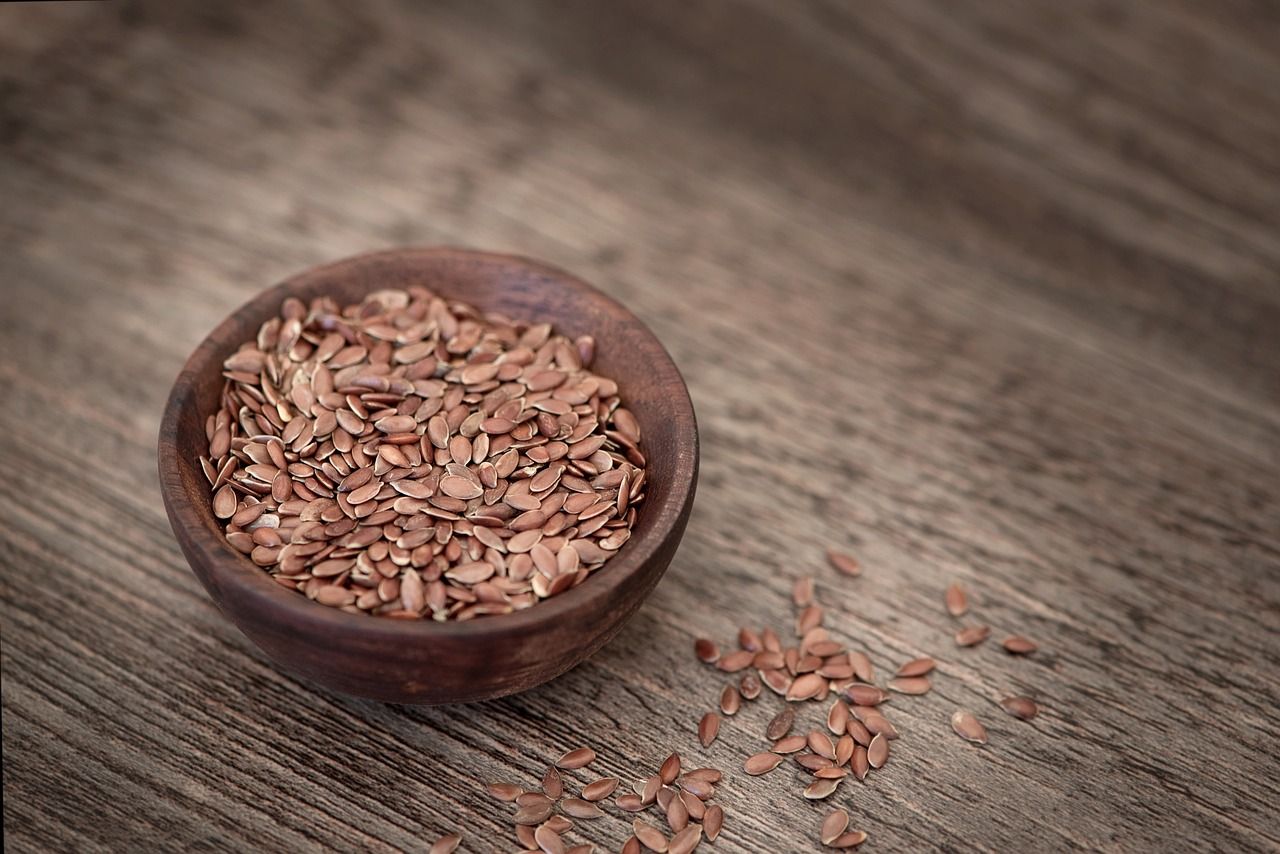
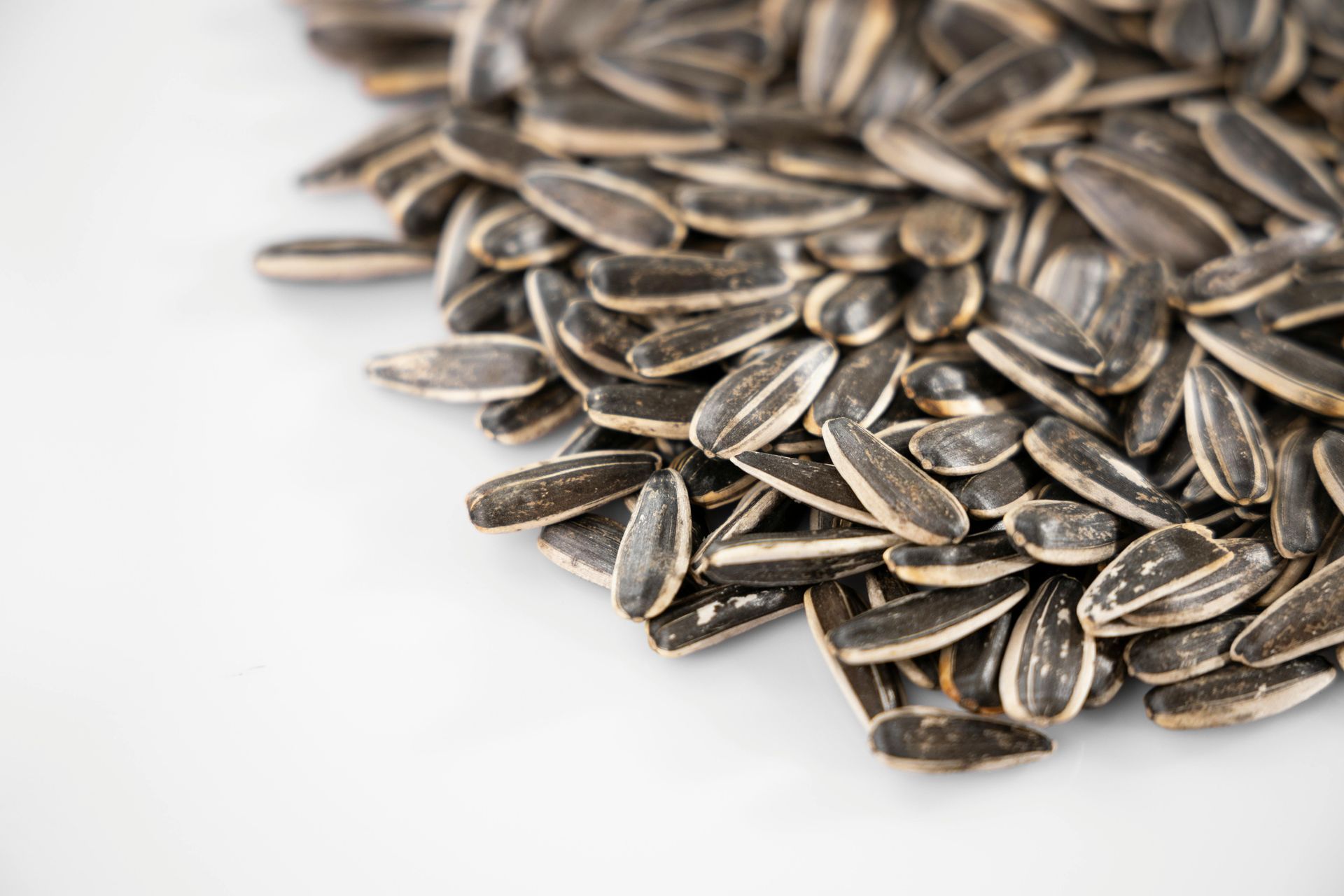


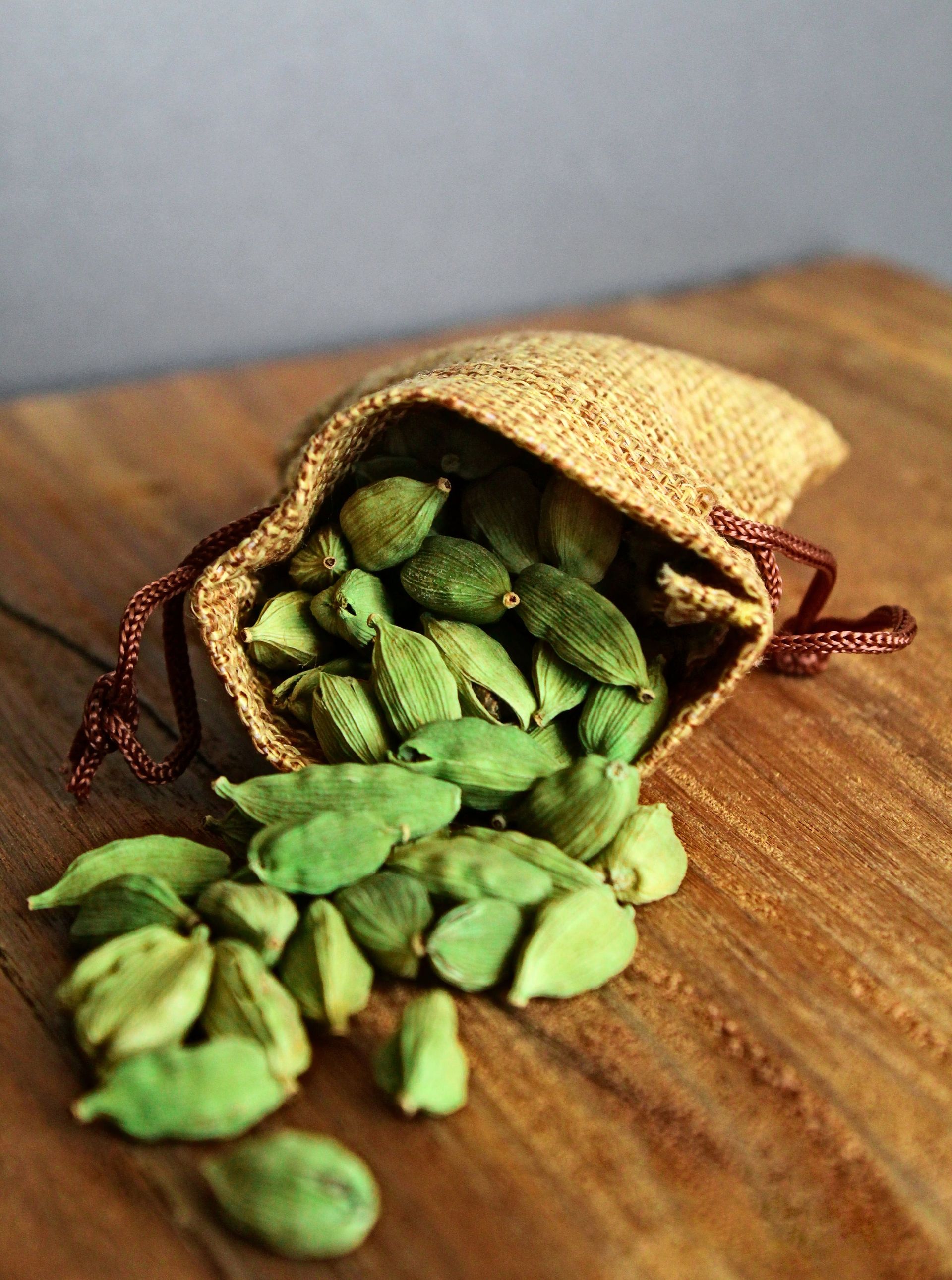
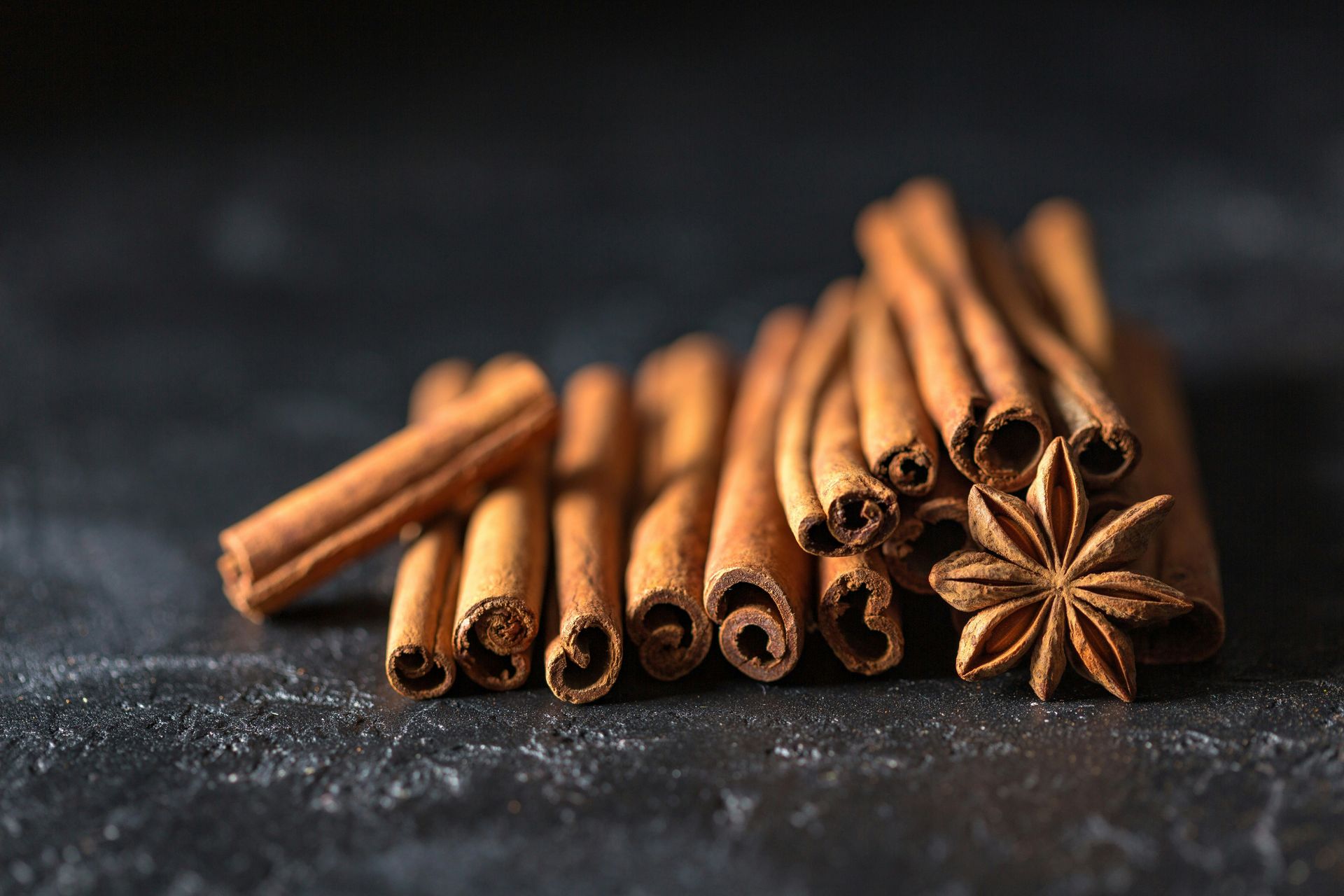


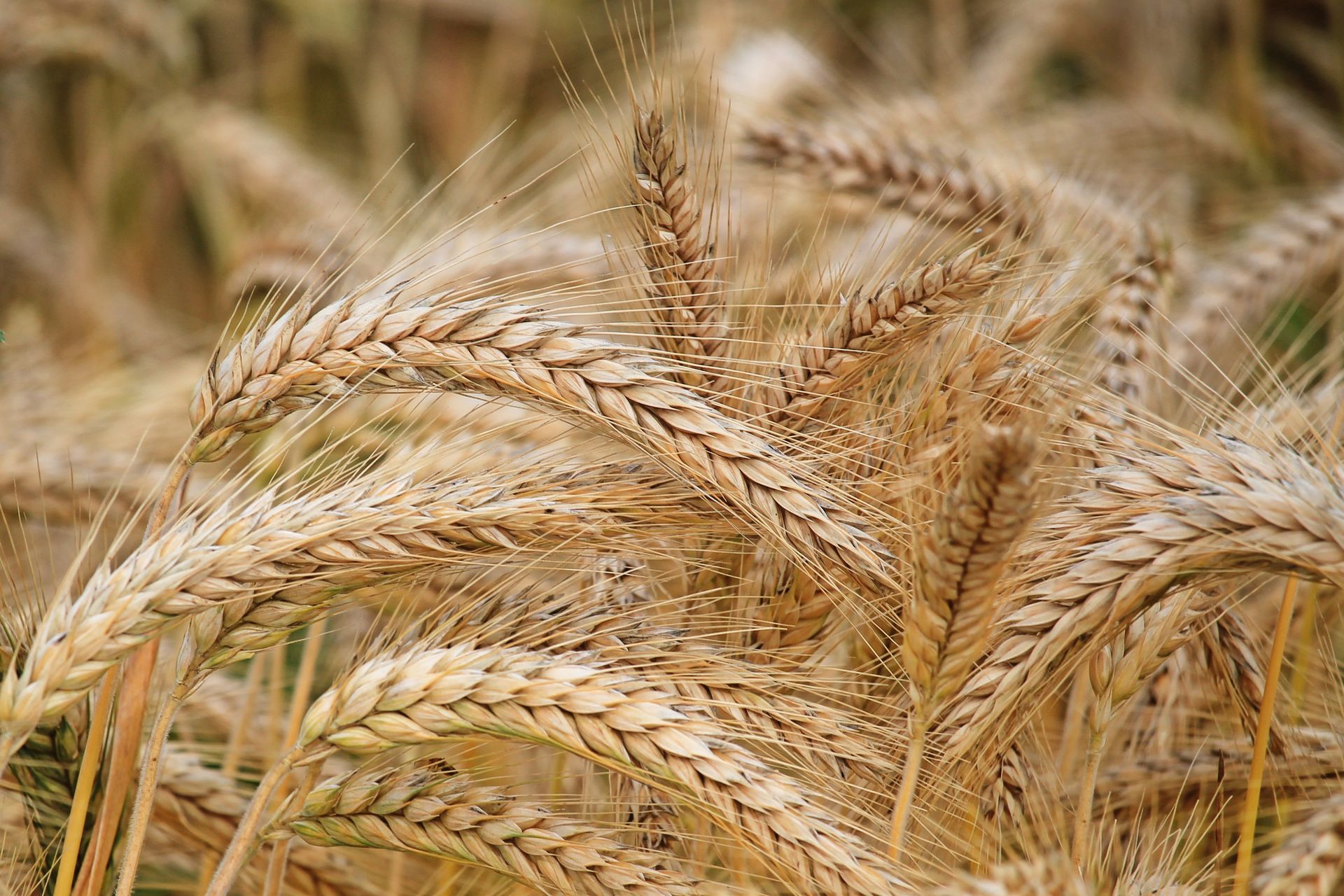
Submit your Enquiry today
We will get back to you as soon as possible.
Please try again later.

REGENT AGRO FOODS PRIVATE LTD
1/127 N Mettupalayam
Tirupur 641670
Tamilnadu, India
All Rights Reserved | Regent Agro Foods
Designed by Yectra

